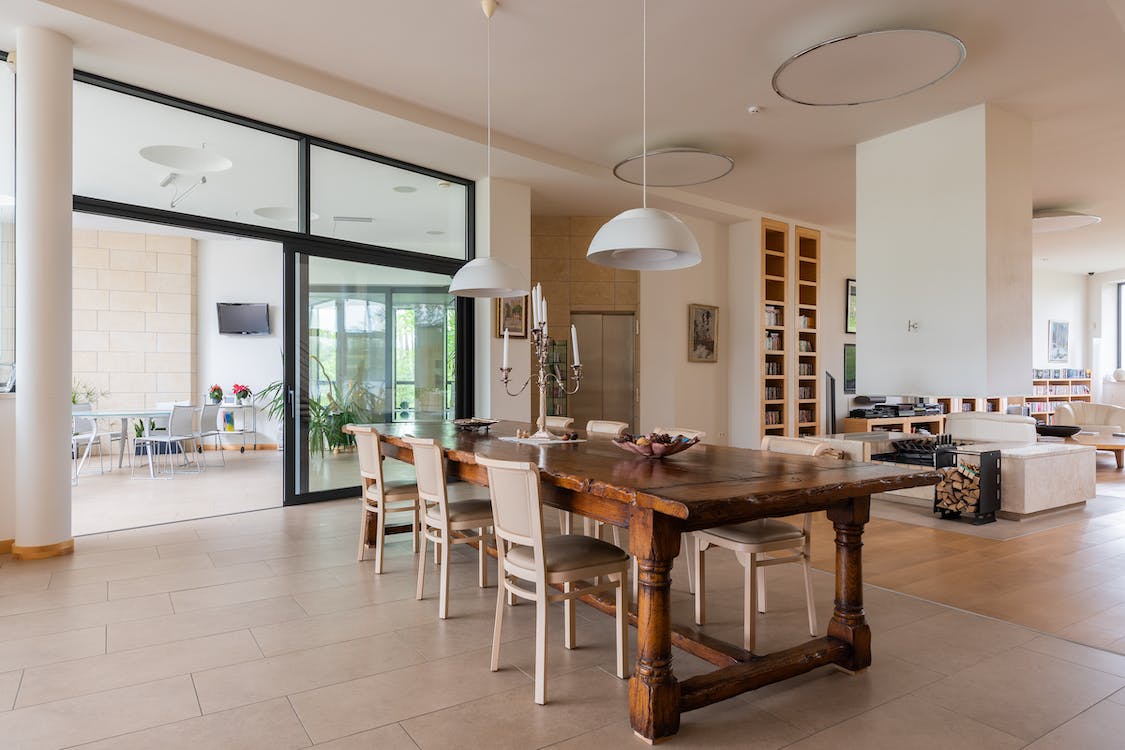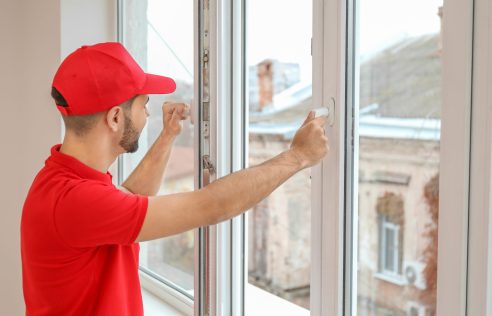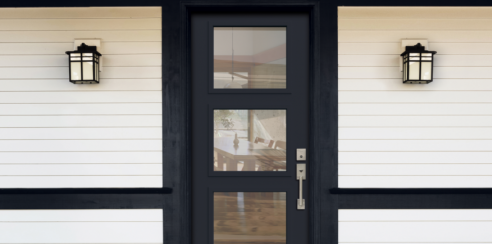How to Find the Perfect Interior Door
Hello, fellow home renovators! Choosing the right interior doors might not be the most glamorous part of your project, but it’s a crucial one. The doors in your home play a significant role in both aesthetics and functionality. In this comprehensive guide, we’ll walk you through the key factors to consider when selecting the perfect interior door for your home renovation.
Understanding the Importance of Interior Doors
Interior doors serve multiple purposes beyond just separating rooms. They are a prominent feature of your home’s interior design and can impact its overall style, ambiance, and functionality. Let’s explore why choosing the right interior doors is essential.
Aesthetic Appeal
Interior doors contribute to your home’s visual appeal. They can enhance the overall design theme, whether it’s classic, modern, rustic, or any other style you’re aiming for. The choice of materials, finishes, and designs can significantly impact your home’s aesthetics.
Functionality and Privacy
Interior doors provide privacy and help control noise between rooms. The type of door you choose can affect how effectively it isolates sound and maintains privacy within your home.
Accessibility and Flow
The layout and type of interior doors can influence the flow and accessibility of your living spaces. Well-placed and appropriately chosen doors can make your home more comfortable and functional.
Types of Interior Doors
When selecting an interior door, it’s essential to consider the different types available and how they suit your specific needs and preferences.
1. Panel Doors
Panel doors are one of the most common types of interior doors. They feature panels (typically between two and six) that can be raised or flat. Panel doors come in various styles, including traditional, colonial, and contemporary, making them versatile for different interior design themes.
2. French Doors
French doors add a touch of elegance and sophistication to your home. They consist of glass panels that allow natural light to flow between rooms while maintaining separation. French doors are often used for spaces like dining rooms, studies, or connecting interior rooms to outdoor spaces.
3. Sliding Doors
Sliding doors are an excellent space-saving solution. They glide horizontally along tracks and are ideal for areas with limited space or where a swinging door might not be practical. Sliding doors are commonly used for closets, bathrooms, and laundry rooms.
4. Pocket Doors
Pocket doors are space-efficient doors that slide into a recessed wall pocket when opened. They are an excellent choice for areas where you want to maximize space or create a seamless transition between rooms. Pocket doors are commonly used in bathrooms, bedrooms, and home offices.
5. Barn Doors
Barn doors are a trendy and rustic addition to modern interior design. They slide horizontally and are typically used as a decorative element, often for closets, pantries, or as room dividers.
6. Flush Doors
Flush doors have a simple and sleek design with a flat surface. They are versatile and can be painted or veneered to match various interior styles. Flush doors are commonly used in contemporary and minimalist designs.
Factors to Consider When Choosing Interior Doors

Now that you’re familiar with the different types of interior doors, let’s delve into the key factors to consider when making your selection.
1. Material
Interior doors come in a range of materials, including wood, composite, glass, and metal. Each material has its advantages and aesthetics. Wood doors, for instance, provide a classic and warm look, while glass doors allow light to pass through, creating an open and airy feel.
2. Style and Design
Consider the design and style of the door in relation to the overall aesthetic of your home. The design of the door can significantly impact the ambiance of a room. For example, panel doors with decorative moldings can add a touch of elegance, while minimalist flush doors can contribute to a modern and sleek look.
3. Size and Configuration
Ensure that the size and configuration of the door match the intended space. Measure the door frame accurately to avoid any fitting issues. Consider the swing direction of the door (inward or outward) and whether you need a single or double door for larger openings.
4. Functionality
Think about the door’s function within the space. Do you need a door for privacy, noise reduction, or purely for decorative purposes? French doors with glass panels are great for maintaining a sense of openness while providing some separation.
5. Maintenance
Consider the maintenance requirements of the door material and finish. Wood doors may require periodic refinishing, while other materials may be easier to maintain. Choose a finish that suits your lifestyle and maintenance preferences.
6. Budget
Set a budget for your interior doors. Prices can vary significantly based on the material, design, and brand. Determine your budget beforehand to help narrow down your options.
Elevate Your Home with the Right Doors
Selecting the perfect interior doors is a vital aspect of any home renovation project. These doors not only serve functional purposes but also contribute to the overall look and feel of your home. Take your time to explore the different types, materials, and designs available, and consider how each door fits into your home’s aesthetic and functionality.
Remember, the right interior doors can elevate your home’s style, enhance its functionality, and create a more comfortable living environment. So, whether you opt for classic panel doors, elegant French doors, or space-saving sliding doors, make your choice thoughtfully, and watch your home transform into the living space you’ve always dreamed of. Happy renovating!

